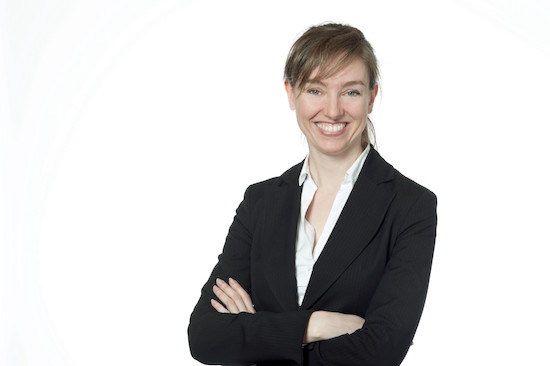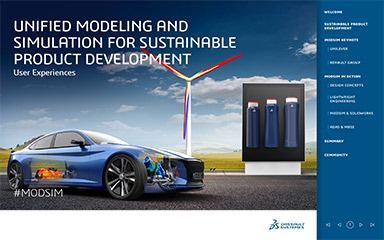Latest News
April 1, 2020
Earlier in March, Dassault Systèmes announced it had created a new executive-level title, Chief Sustainability Officer, and named Alice Steenland to the position. Steenland was previously the Chief Corporate Responsibility Officer at AXA Group and also held roles at Vigeo, Arthur Andersen, and acted as an independent consultant for Save the Children USA.
Digital Engineering spoke to Steenland about her initial goals in this new position.
Digital Engineering: Can you explain in a bit more detail what your duties will be in this new position?
Alice Steenland: As in most companies, the role of Chief Sustainability Officer at Dassault Systèmes will be a transversal one. I will work across the organization on topics that impact the social or environmental performance of the group, from how we treat employees and customers, to how we design our products.
DE: What are your initial goals?
Steenland: Currently I am on a listening tour, trying to understand the expectations about sustainability from employees, investors, and even clients. There is clearly a keen interest to figure out new ways to use Dassault Systèmes’ powerful portfolio of 3D innovation solutions to help our clients in their efforts to completely redesign their products and processes to be more sustainable.

DE: What are some of the challenges of sustainability that the 3DEXPERIENCE platform can help users with?
Steenland: The 3DEXPERIENCE platform allows users to actually experience completely new kinds of products and production processes: solar airplanes, plastic-free drinking bottles, low-carbon manufacturing, etc., through virtual universes. By their very nature, virtual universes make it possible to address complex industrial challenges, such as the management of environmental impacts on a large scale. The 3DEXPERIENCE platform enables customers to envision new ways of imagining, creating and producing and to improve the design, manufacturing and recycling of products across their lifecycles.
DE: How can social and environmental sustainability be further embedded into the platform?
Steenland: We will need to make environmental and social data more visible to the end user, so that our clients can easily model which of their own innovations has the greatest impact on reducing CO2, or human rights risks in the supply chain, etc. Allowing our customers to better understand the full sustainability footprint of a product or process is the first essential step towards making better choices collectively.
DE: How do you see designers and engineers playing a role in improving their companies’ sustainability initiatives moving forward?
Steenland: I firmly believe that now is the time for designers and engineers to take the lead in the global sustainability transformation. Researchers, think tanks, strategists, and startups have played their part and we now collectively understand well what needs to happen: we need to shift towards a low-carbon, circular, functional economy as fast as possible within this decade. The roadmaps are clear, and now it’s up to the engineers and designers within each company to put their brilliant minds to work on solving the most exciting innovation challenge of our lifetimes. At Dassault Systèmes, we are committed to providing them with the tools they need to rise to the challenge.
More Dassault Systemes Coverage

Subscribe to our FREE magazine, FREE email newsletters or both!
Latest News
About the Author
Brian Albright is the editorial director of Digital Engineering. Contact him at [email protected].
Follow DE






